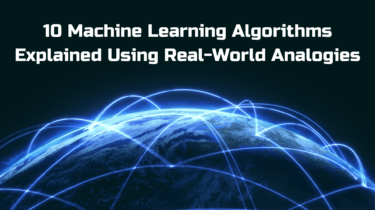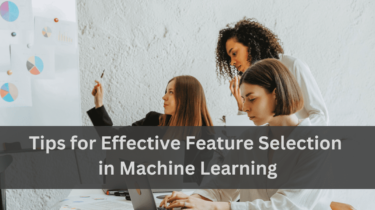Quiz: Lists vs Tuples in Python
Interactive Quiz ⋅ 10 QuestionsBy Leodanis Pozo Ramos Share Challenge yourself with this quiz to evaluate and deepen your understanding of Python lists and tuples. You’ll explore key concepts, such as how to create and manipulate these data types, while also learning best practices for using them efficiently in your code. You can take this quiz after reading the Lists vs Tuples in Python tutorial. The quiz contains 10 questions and there is no time limit. You’ll get 1 point […]
Read more


